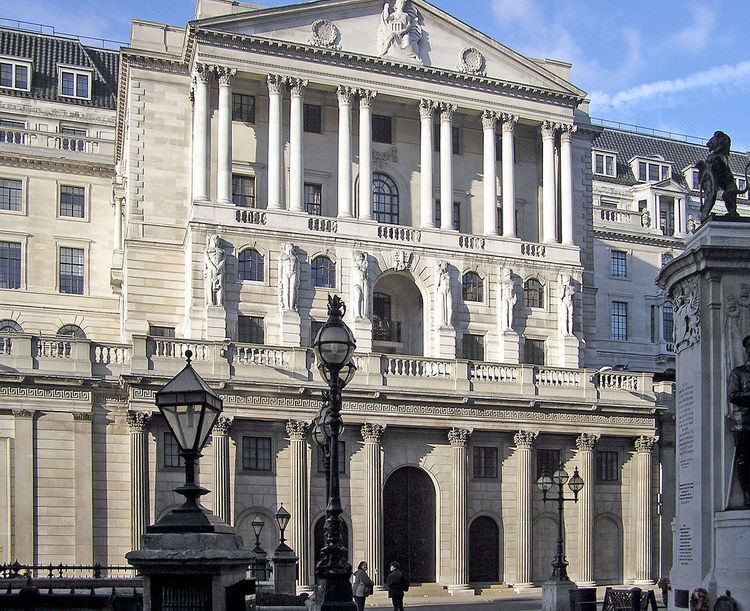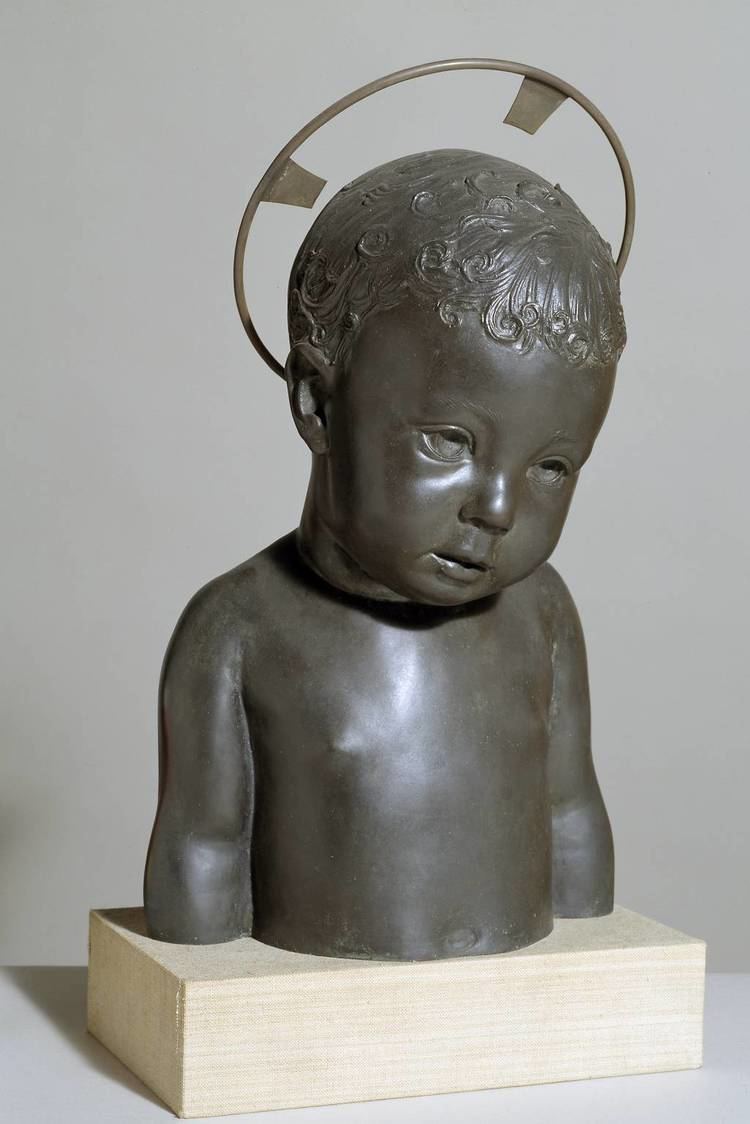Awards PRA KCVO CBE Name Charles Wheeler | Role Sculptor | |
 | ||
Full Name Charles Thomas Wheeler Died August 22, 1974, Mayfield and Five Ashes, United Kingdom Similar People Alan Budd, Marian Bell, David Clementi, John Vickers, David Walton | ||
Highwayman artist charles wheeler at grant antique mall
Sir Charles Thomas Wheeler (14 March 1892 – 22 August 1974) was a British sculptor who worked in bronze and stone who became the first sculptor to hold the Presidency of the Royal Academy, from 1956 through 1966.
Contents

Biography
Wheeler was the son of a journalist and was born in Codsall, Staffordshire and raised in nearby Wolverhampton. He studied at the Wolverhampton College of Art, now Wolverhampton University, under Robert Emerson, between 1908 and 1912. In 1912 he won a scholarship to the Royal College of Art where he studied under Édouard Lantéri until 1917. Throughout the remainder of World War I Wheeler was classified as unfit for active service and instead modelled artificial limbs for war amputees.
Wheeler came to specialize in portraits and architectural sculpture. From 1914 until 1970 he exhibited regularly at the Royal Academy and became a Fellow of the Academy in 1940 and became its President in 1956. His tenure as RA president was controversial for the decision by the Academy to sell the most valuable painting in its collection, the Leonardo da Vinci cartoon of The Virgin and Child with St Anne and St John the Baptist. The possibility that the painting might leave Britain caused a public outcry and eventually it was sold to the National Gallery. From 1942 to 1949, he served as a Trustee of the Tate Gallery and in 1946 was a member of the Royal Fine Art Commission. In 1968 he wrote his autobiography, High Relief.
During the Second World War Wheeler was the only sculptor to be given full-time contracts by the War Artists' Advisory Committee. In both 1941 and 1942, Wheeler was commissioned to produce portrait busts of Admiralty figures. Due to material shortages and other issues, Wheeler only produced three bronze figures during the commission period.
Works
Notable works include by Wheeler include,
